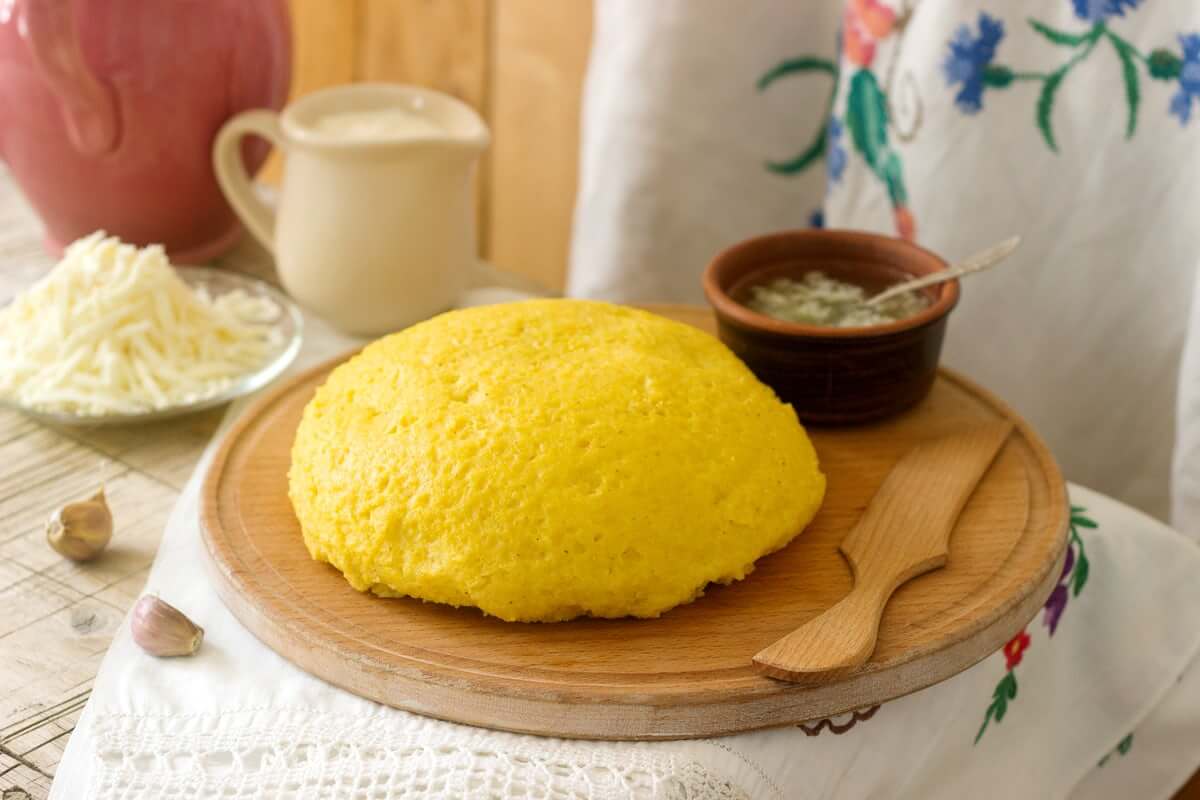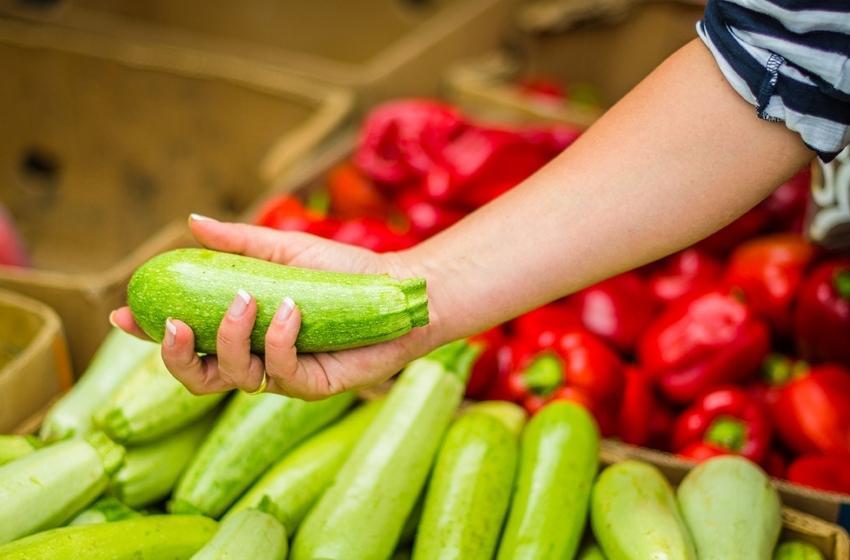Food diplomacy: Bessarabian history in Odessa cuisine
Mamaliga is a typical dish of Bessarabian cuisine. It is healthy dish prepared with corn flour, a very close relative of Italian polenta.
Bessarabia was once a big region bound by the Prut river to the West and the Dniester river to the East. It included Moldova and part of Southern Ukraine. Bessarabians were Ukrainians, Moldovans and Bulgarians who lived under a Russo-Turkish-Romanian influence.

Traditionally, it is served on a wooden plate and cut it like a cake with a piece of cotton string. Mamaliga is usually accompanied by many additions. In Moldovan tradition, the most common ones are: grated local sheep cheese “bryndza,†sour cream, fried pork, garlic sauce, stewed onion and vegetable ragout. In Odessa, Mamaliga is seasoned with garlic sauce and dipped into sour cream and brinza.
Mamaliga can be utilised in the context of modern healthy diets. Corn, the only ingredient of mamaliga, is one of the few cereals that is gluten free.
The history of mamaliga is probably connected with polenta and its forerunner, ancient Romans’ dish “puls". A kind of cereal mush that was one of the main dishes in ancient times for most of the inhabitants of the Italian peninsula. In late medieval times, mamaliga was presumably well-known in Moldova but was prepared from millet instead of corn.





















